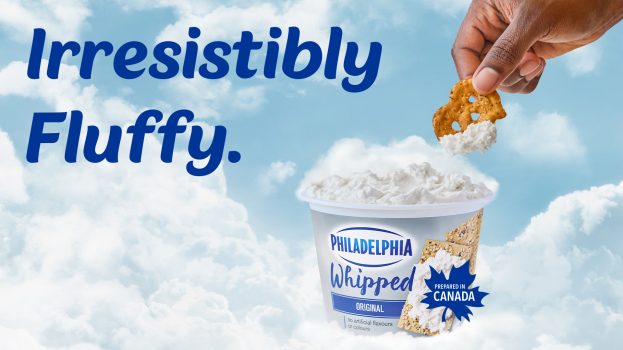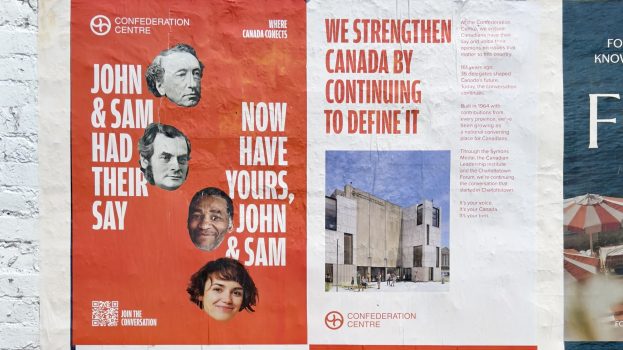You’re reading Social Engagements, a series examining how social media and tech companies are finding ways to work with brands and agencies to foster creativity and forge connections with audiences on their platforms. Today, we talk with Snap’s global head of creative strategy about using augmented reality (AR) to keep young audiences engaged via authentic experiences.
“Hey guys, Mitch Marner here, check out my Lens,” says the Toronto Maple Leafs’s star player (above) as he looks directly into the camera in an eight-second Snapchat video. The video then cuts to an image of an animated version of the NHLer playing hockey. Marner then encourages viewers to swipe up so they can play, too.
[iframe_vimeo video = “326890759”]
The short video, in which the NHL star exudes the casual confidence of a close pal, is the kind of creative brands should be doing if they want to connect and engage with young Canadians, says Jeff Miller, global head of creative strategy at Snap.
The video is part of a larger campaign Marner is doing for Red Bull in Canada, which kicked off earlier this month and runs for a few more weeks. The Snapchat promo also includes a Red Bull can with the image of the popular player on it, as well as a Snap code (its version of a QR code). And the Lens hockey game features animated Bitmoji characters from the Toronto-based company Bitstrips, which Snap snapped up back in 2016 for a reported $100 million in cash and stock.
Big brands jump on AR trend
Big brands in Canada, from McDonald’s to Pepsi to Pepperidge Farm, have recently partnered with Snap on AR promotions in a bid to reach young consumers where they’re at – which is often on their phones. Miller says while Snap users do indeed skew quite young, with about 56% of its users currently between the ages of 13-24, almost half (44%) are 25-years-old and above. According to Snapchat Ads Manager the app reaches between 8.5- to 8.9-million Canadians with its ads. Its daily active users were flat at 186 million worldwide in its most recent quarter (it does not disclose per-market audiences).
While many social platforms offer brands large audiences to speak to, the key is to keep that audience engaged. One of the ways Snapchat engages its audiences is through Lenses, which use AR and facial recognition to add all sorts of visual effects – from puppy ears to exploding heart eyes – to photos and videos. Lenses have become synonymous with the platform: users spend roughly 30 minutes per day in the Snapchat app, with more than 70% of those users playing with, or using, a Lens every single day, Miller says.
“We have this deeply engaging format with a deeply engaged community that has really developed a learned behavior,” he says. “Our community looks at AR experiences as a way to discover the world, or share experiences, with friends. This becomes a very clear and organic way for brands to reach consumers, but doing it a way that feels very authentic.”
Traditional creative is a passive experience, but AR, like the current Marner AR game for Red Bull on Snapchat, encourages users to directly engage with the content by playing along. For Lenses that aren’t obviously gamified, it is more about creating content that is shared with friends than it is about interacting with a brand. Ultimately, this results in activations that get users fully engaged with the experience and, by extension, the brand.
Courting Canadian creatives
California-based Snap officially opened a Toronto office in mid-2016, and has grown to roughly 24 employees working on brand partnerships and creative strategy, says Miller (above). Building relationships with Canadian marketers is a priority for the company, as is convincing old-school creatives (a.k.a. anyone over, say, the age of 25) that newer platforms such as Snapchat and rivals like Instagram are not as intimidating as they may seem.
And while AR ads are the shiny, new kid getting all the attention these days Miller points out the majority of the advertising on the app still comes in the form of short videos that are often just cut-down versions of longer creative that may play in more traditional places, such as on TV and YouTube, first.

























